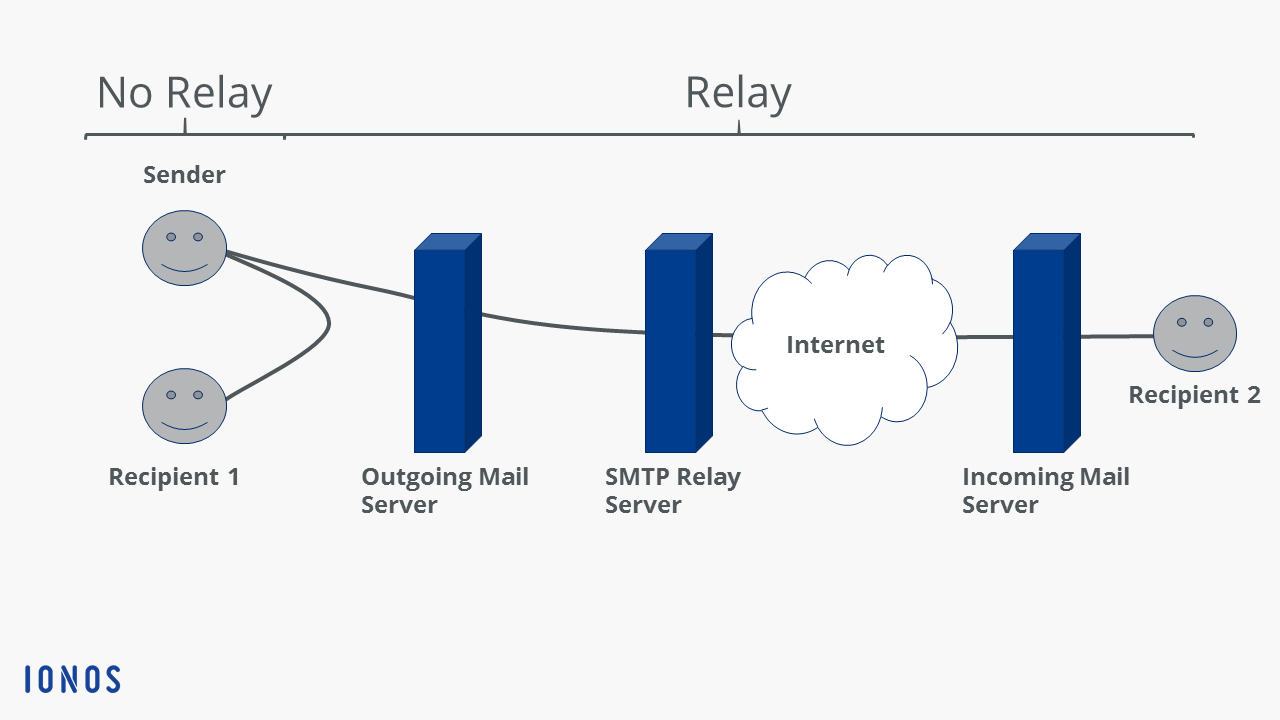Understanding the Meaning of Relay in Email
When it comes to email communication, the term “relay” is one that is often used but not always fully understood. In simple terms, relay in email refers to the process of transferring an email message from one mail server to another. This can happen when sending an email from your email client to the recipient’s email server, or when the recipient’s server forwards the message to another server.
Understanding how relay works in email is essential for ensuring that your messages are delivered correctly and efficiently. In this article, we will delve into the various aspects of relay in email, including the different types of relays, how they function, and why they are important in the email communication process.
Types of Email Relays
There are two main types of email relays: outgoing relays and incoming relays. Outgoing relays are used when you send an email from your email client, and the message needs to be delivered to the recipient’s server. Incoming relays, on the other hand, are used when the recipient’s server needs to transfer the message to another server.
Outgoing relays are typically managed by your email service provider, such as Gmail or Outlook. These providers have their own mail servers that act as relays to ensure that your messages reach their intended recipients. Incoming relays are also managed by the recipient’s email service provider, which forwards the message to the recipient’s inbox.
How Email Relays Work
When you send an email, your email client connects to your outgoing relay server, which is responsible for delivering the message to the recipient’s server. The relay server performs a series of checks to ensure that the message is not spam or malicious. Once the checks are passed, the message is forwarded to the recipient’s server.
On the recipient’s end, the incoming relay server receives the message and checks for any spam or malware. If the message passes these checks, it is delivered to the recipient’s inbox. If the message is flagged as spam, it may be sent to the recipient’s spam folder or rejected outright.
Importance of Email Relays
Email relays play a crucial role in ensuring that email messages are delivered correctly and securely. By routing messages through relay servers, email providers can filter out spam, viruses, and other malicious content, protecting both senders and recipients from potential harm.
Relays also help to improve the efficiency of email delivery by optimizing the routing of messages between servers. This helps to reduce the likelihood of messages getting lost or delayed in transit, ensuring that emails are delivered promptly and reliably.
Conclusion
In conclusion, relay in email is an essential process that enables the secure and efficient transfer of messages between email servers. By understanding how email relays work and their importance in the email communication process, users can ensure that their messages are delivered correctly and professionally. So, next time you hit send on an email, remember the role that relays play in making sure your message gets where it needs to go.
